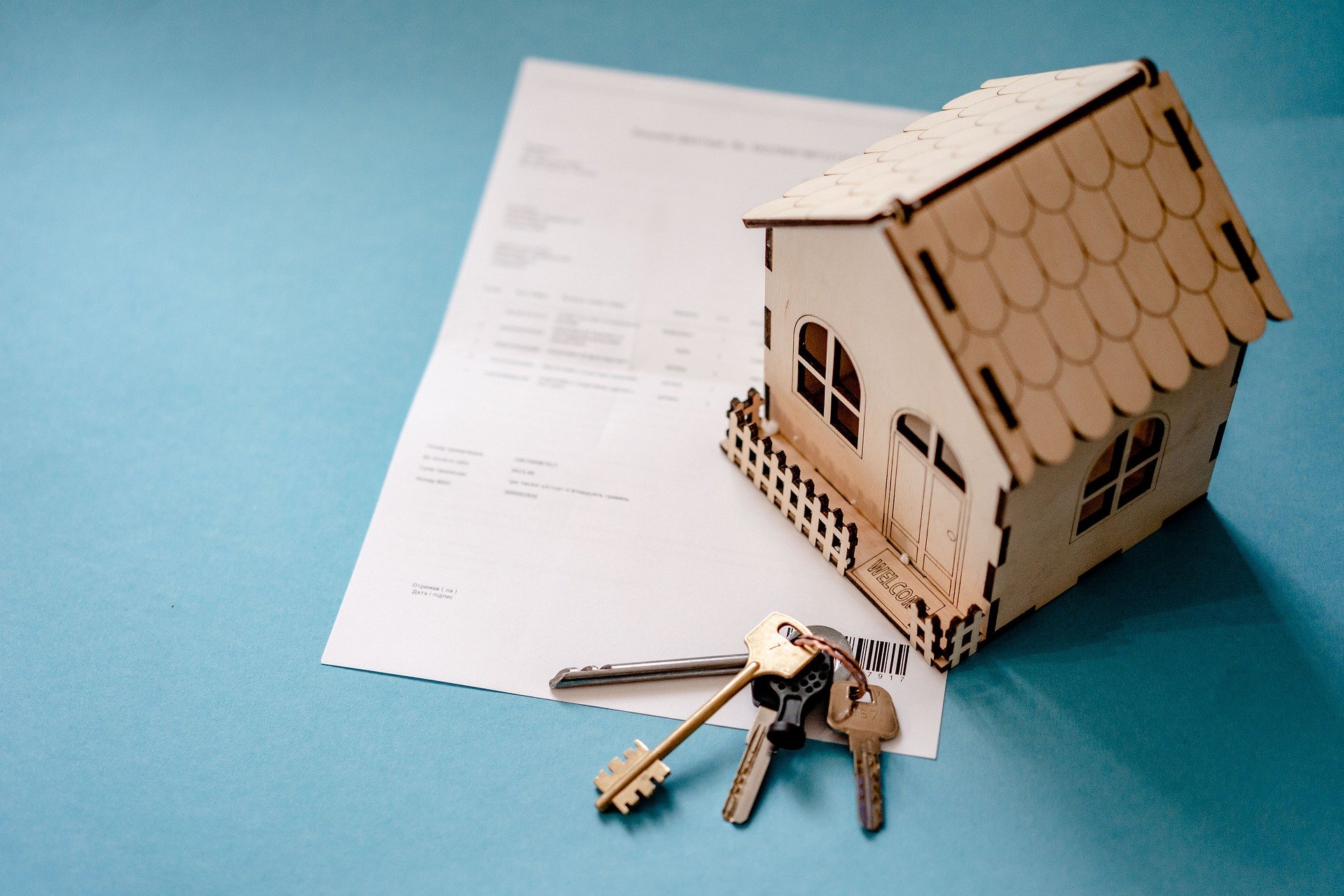
Introduction
If you are ever in urgent need of funds, you can take a Mortgage Loan against property that helps you get over it—that’s the benefit of owning a property; it not only shelters you in more ways than one.
Sometimes we require finances immediately. In such cases, being a homeowner is advantageous since you can readily mortgage your home in exchange for the necessary funds. The most significant benefit of a mortgage loan is that you do not have to give up ownership of the property and obtain the loan at relatively low-interest rates compared to most other loans. Everything you need to secure mortgage loans successfully is here below.
What is a Mortgage Loan Against Property?
A mortgage loan against property is simply a loan secured by a piece of real estate you own, which could be your home, a shop, or even a plot (non-agricultural land). Banks and non-banking finance (NBFCs) provide mortgage loans and charge interest. You can repay the loan in manageable monthly installments (EMIs). Your property serves as collateral, and it remains with the lender until you repay the loan entirely. The lender has a legal claim on the property during the loan tenure and can seize and auction it if you fail to repay the loan.
Steps To Get Successful Approval on a Mortgage loan.
Follow these seven steps for the quick approval of your mortgage loan.
1. Understand what lenders look for in your credit report
Your credit report is crucial for obtaining a good deal on a house loan. Examine your credit reports to ensure there are no inaccuracies. Maintaining a healthy repayment history and not having too many outstanding loans is advisable.
2. Maintain an Excellent Credit Score
In India, a loan applicant’s credit score should preferably be 750 or higher. If your credit score is inadequate, it is advisable to improve it. In India, CIBIL is the central credit bureau that monitors your credit conduct.
3. Do not Buy a House You Cannot Afford
As a general guideline, the price of the house you want to buy with a home loan should not be more than five times your yearly income. As a result, you will be able to service the EMIs without straining your home budget comfortably.
4. Decide on the Mortgage Loan Interest
You can repay your home loan with a fixed or fluctuating interest rate. Fixed interest rates do not change, but a floating interest rate fluctuates regularly and is close to the Marginal Cost of Funds Based Lending Rate, or MCLR.
5. Evaluation of the Property
The sum will be determined by the current fair market value, not by the previous or anticipated future value. Lenders typically provide up to 50-60% of a property’s market value. The lender will only authorize the loan if it believes your property has a clear and marketable title.
6. Research to Get the Best Deal
Do not be swayed by previous experience with another product or the opinions of your friends, relatives, or coworkers. You should compare at least six significant lenders before deciding on one. Examine the base rate, the margin offered, and the number of times the lender has cut the rate in the last two years and choose a lender who allows you to reduce your balance daily rather than monthly.
7. Go for a Pre-approved Mortgage Loan
In the perspective of the builder or property seller, having a pre-approved house loan also portrays you as a serious buyer. In addition, unlike traditional house loans, the lender considers the borrower’s financial paperwork and credit history during pre-approval, which speeds up the process significantly.
Conclusion
Proper analysis and careful planning can help you secure a mortgage loan against property, but it can also help you pay back in time and recover your property.






